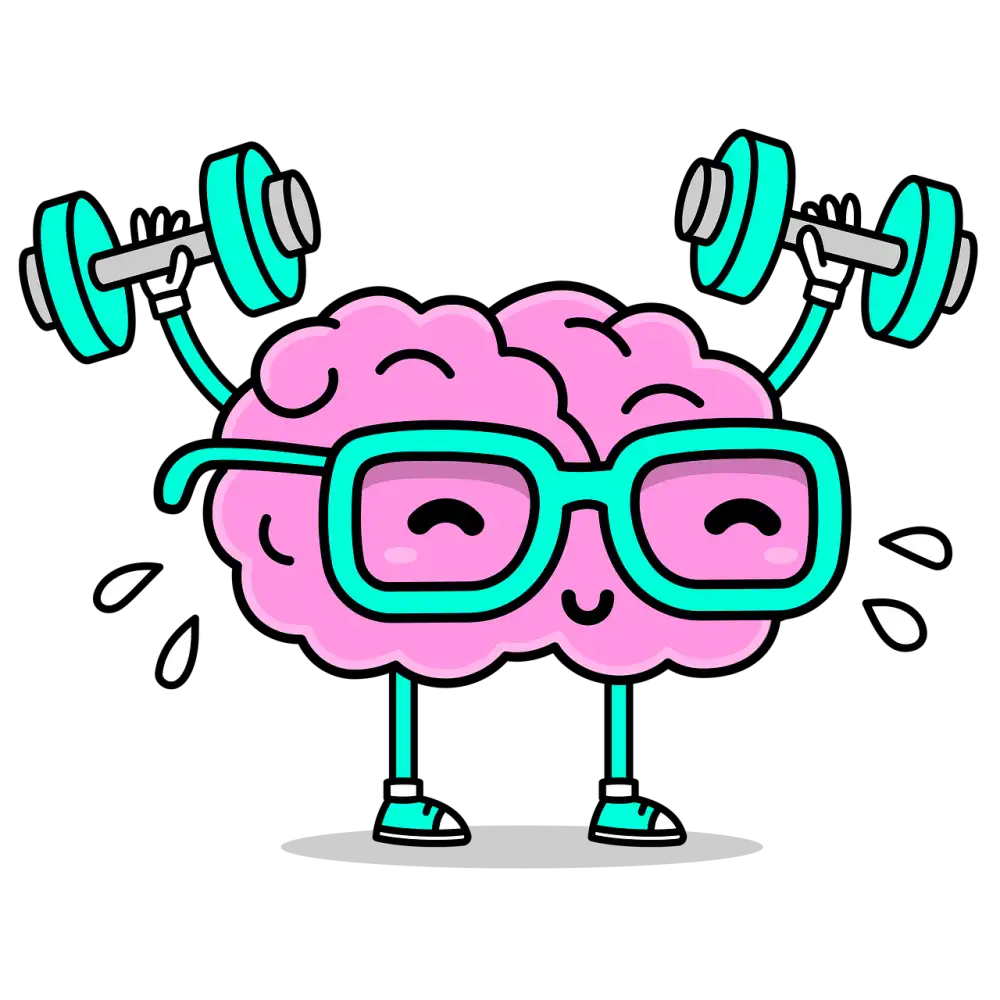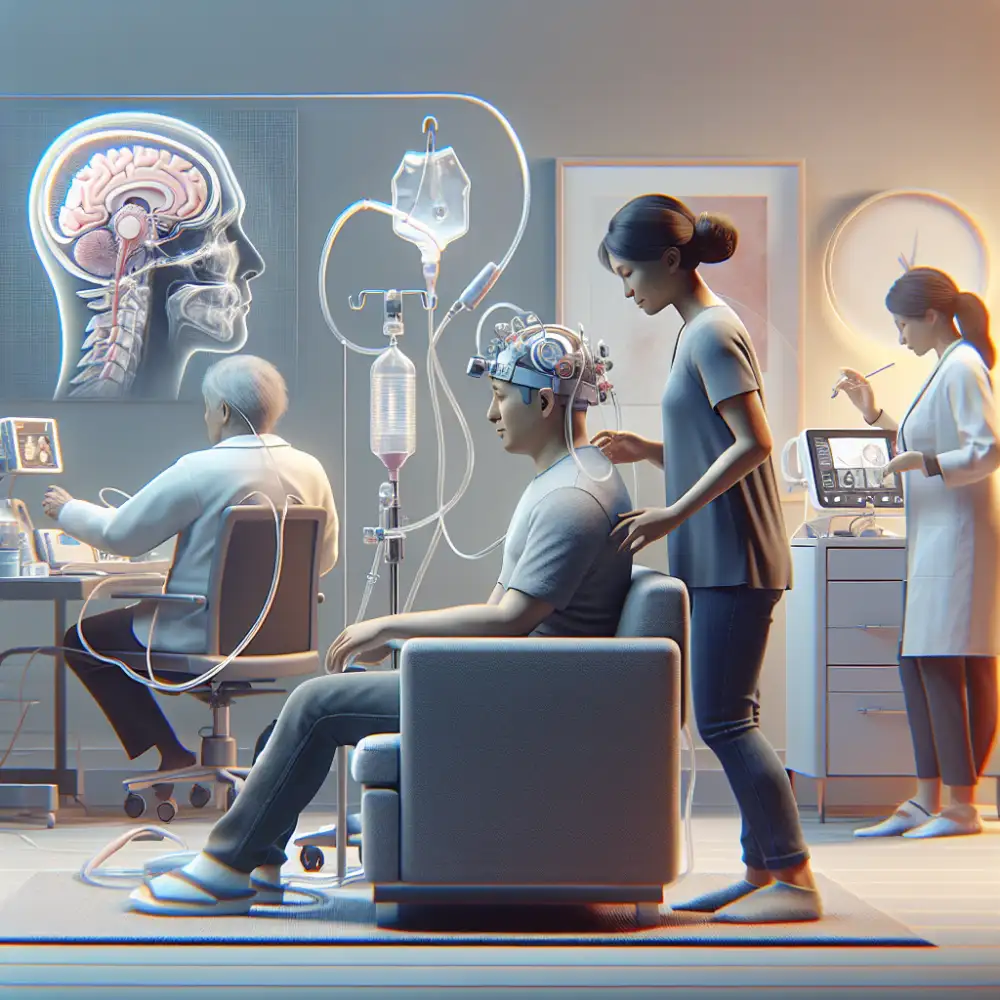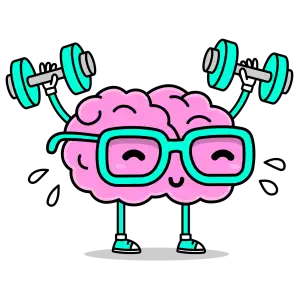Navigating Life with a Brain Shunt: Personal Stories

- Understanding Brain Shunts
- Common Symptoms and Monitoring
- Physical Activity and Exercise
- Emotional Well-being and Support
- Cognitive Function and Memory
- Sleep and Fatigue Management
- Travel Considerations
- Employment and Education
- Relationships and Intimacy
- Long-Term Outlook and Complications
- Advocating for Your Health Needs
- Connecting with Others: Support Groups
- Staying Informed: Resources and Research
Understanding Brain Shunts
A brain shunt is a medical device that helps drain excess cerebrospinal fluid (CSF) from the brain. This fluid surrounds the brain and spinal cord, providing cushioning and protection. Sometimes, conditions like hydrocephalus can cause a buildup of CSF, putting pressure on the brain. That’s where a brain shunt comes in. It acts like a small drainage system, redirecting the excess fluid to another part of the body, typically the abdomen, where it’s absorbed back into the bloodstream.
Living with a brain shunt can be a big adjustment. It's a lifelong companion that requires regular checkups and occasional adjustments. People with brain shunts might need to be mindful of certain activities or avoid contact sports to prevent damage to the shunt. However, many people with brain shunts live full and active lives.
Experiences with brain shunts vary from person to person. Some individuals might experience few complications, while others might face challenges like shunt malfunctions or infections. Regular monitoring and open communication with healthcare providers are crucial for addressing any issues promptly. Support groups and online communities can also provide valuable connections and insights for individuals navigating life with a brain shunt.
Common Symptoms and Monitoring
Living with a brain shunt can be a unique experience for each individual. While some people may adjust well and experience few complications, others might encounter challenges that require attention and management. It's important to remember that everyone's experience is different, and what might be a common symptom for one person may not be the same for another.
Headaches are quite common, especially after certain activities like bending over or waking up in the morning. Dizziness and nausea can also occur, and it's essential to differentiate these from typical everyday feelings. If you experience sudden onset or severe symptoms, it's crucial to seek medical attention immediately. Vision changes, like blurred or double vision, can also be a sign that your shunt might need attention.
Keeping track of your symptoms is essential for effective management. Consider keeping a journal to log any changes you notice, including the severity, duration, and any potential triggers. This information can be incredibly helpful for your healthcare provider to assess your situation and make informed decisions about your care.
Remember, open communication with your healthcare team is key. Don't hesitate to reach out to them if you have any concerns or notice any changes in your symptoms. They are there to support you and ensure your well-being as you navigate life with a brain shunt.
Physical Activity and Exercise
For individuals living with a brain shunt, engaging in physical activity and exercise can be a positive and important part of their lives. However, it's crucial to approach physical activity with care and consult with healthcare professionals for personalized advice. The type and intensity of exercise recommended can vary greatly depending on the individual's specific condition, the type of shunt they have, and their overall health status.

Some individuals with shunts may be able to participate in a wide range of activities, including swimming, cycling, and even contact sports, while others may need to focus on lower-impact exercises like walking, yoga, or tai chi. It's essential to listen to your body, start slowly, and gradually increase the intensity and duration of your workouts.
Remember that your experiences with a shunt are unique, and what works for one person may not work for another. Open communication with your medical team is vital to ensure your exercise regimen aligns with your individual needs and limitations. They can provide guidance on appropriate activities, monitor your progress, and address any concerns you may have.
Emotional Well-being and Support
Living with a brain shunt can be a rollercoaster of emotions. Some days might feel normal, while others bring anxiety, fear, or uncertainty. It's completely normal to experience these feelings. Remember, you're not alone. Many individuals with brain shunts navigate similar emotional landscapes. Connecting with others who understand can provide invaluable support. Support groups, both online and in person, offer a safe space to share experiences, coping strategies, and advice. Don't hesitate to reach out to loved ones for emotional support. Sharing your feelings with family and friends can lighten the burden and help them understand what you're going through. If you find yourself struggling, seeking professional help from a therapist or counselor can provide you with tools and strategies to manage the emotional challenges associated with living with a brain shunt. Remember, taking care of your emotional well-being is just as important as managing the physical aspects of your condition.
Cognitive Function and Memory
Living with a brain shunt can sometimes impact cognitive function and memory. A shunt is a device that helps drain excess cerebrospinal fluid (CSF) from the brain, often in cases of hydrocephalus. While shunts are crucial for managing this condition, some individuals may experience cognitive challenges related to their shunt or the underlying condition it treats.
Difficulties with short-term memory, concentration, and information processing are not uncommon. Some people might find it challenging to recall recent events, follow conversations, or focus on tasks. These cognitive changes can stem from various factors, including the effects of hydrocephalus itself, the shunt's placement, or complications like shunt malfunctions or infections.

It's important to remember that cognitive experiences vary greatly among individuals with brain shunts. While some might face noticeable challenges, others may experience minimal or no significant cognitive impact. Regular neurological checkups are essential for monitoring shunt function and addressing any cognitive concerns. If you or someone you know is living with a brain shunt and experiencing cognitive difficulties, don't hesitate to reach out to a healthcare professional for guidance and support.
Sleep and Fatigue Management
Living with a brain shunt can bring unique challenges when it comes to sleep and managing fatigue. While each person's experience is different, some common themes emerge.
Many individuals with shunts find that their sleep patterns are disrupted. This can manifest as difficulty falling asleep, frequent awakenings during the night, or early morning waking. The reasons for this are complex and not fully understood. They may be related to the underlying condition that necessitated the shunt, medication side effects, or even the shunt itself.
Fatigue is another common concern. This can range from mild tiredness to overwhelming exhaustion that interferes with daily activities. It's important to remember that fatigue is different from ordinary sleepiness. It's a state of persistent lack of energy and motivation that doesn't necessarily improve with rest.
If you're struggling with sleep problems or fatigue, don't hesitate to reach out to your healthcare team. They can help identify potential causes and suggest strategies for managing these challenges. This might involve adjusting medication, exploring sleep hygiene techniques, or recommending therapies like cognitive behavioral therapy for insomnia (CBT-I). Remember, you don't have to navigate these challenges alone.
Living with a shunt is like having a secret passage in your head, a constant reminder of vulnerability and resilience, a testament to the body's ability to adapt and thrive even in the face of extraordinary challenges.
Eleanor Vance
Travel Considerations
Individuals with brain shunts can typically enjoy travel with a bit of pre-planning. Before you depart, consult your neurosurgeon for clearance and any specific recommendations. Keep all your medical information handy, including your shunt type and placement, your neurosurgeon's contact details, and a list of your medications. Carry a medical alert bracelet or necklace that clearly states you have a brain shunt, which can be crucial in case of emergencies. When packing, keep your medications in your carry-on luggage to prevent any issues with lost baggage. It's wise to pack extra medication and medical supplies in case of unexpected delays. Depending on your shunt type, you might need to bring along a shunt pressure adjuster and be aware of how to use it. Airport security poses no threat to your shunt, but it's a good idea to inform security personnel that you have a medical implant.

Remember to stay hydrated, especially during flights, as this can help regulate cerebrospinal fluid pressure. Listen to your body and take breaks when needed. Be mindful of activities that could pose a risk to your head, such as contact sports or extreme rides. With careful planning and by taking necessary precautions, traveling with a brain shunt can be safe and enjoyable.
Employment and Education
Living with a brain shunt can present unique challenges in terms of employment and education. Some individuals with shunts may experience fatigue, headaches, or difficulty concentrating, which can impact their ability to work or study. It's important to remember that experiences vary widely. Some people with shunts may have minimal limitations, while others may require accommodations or adjustments.
Open communication with employers or educators is crucial. Discussing your needs and any potential limitations can help create a supportive environment. For some, flexible work arrangements, reduced workloads, or extended deadlines may be beneficial. In educational settings, accommodations might include extra time for exams, note-taking assistance, or access to assistive technology.
Career counseling and vocational rehabilitation services can provide guidance and support in exploring job options and developing work-related skills. Additionally, connecting with support groups or online communities can offer a platform to share experiences, exchange advice, and find encouragement from others who understand the challenges of living with a brain shunt. Remember, advocating for your needs and seeking support are essential for navigating employment and education successfully.
Relationships and Intimacy
Living with a brain shunt can bring unique challenges to relationships and intimacy. It’s important to remember that everyone’s experience is different, and these challenges can vary greatly from person to person.
Open communication is key in any relationship, but it’s especially crucial when navigating life with a brain shunt. Sharing your feelings, concerns, and experiences with your partner can foster understanding and empathy. Similarly, being open to listening to your partner’s perspective can strengthen your bond.
Physical intimacy may also be affected by a brain shunt. Some individuals may experience changes in sensation, libido, or physical ability. These changes can be disheartening, but it’s important to approach them with sensitivity and a willingness to explore different ways of connecting physically.

Fatigue is a common symptom associated with brain shunts, and it can impact energy levels and limit participation in activities, including intimacy. Communicating your needs and limitations to your partner can help manage expectations and prevent misunderstandings.
Remember that seeking professional help from therapists or counselors specializing in chronic illness or brain injury can provide valuable support and guidance for both individuals and couples.
Long-Term Outlook and Complications
Living with a brain shunt is a lifelong journey. Regular checkups and potential revisions are part of life. While shunts are designed to last, they might need adjustments or replacements over time due to various factors like growth, blockages, or mechanical issues.
| Feature | Life with a Brain Shunt | Life without a Brain Shunt (General Population) |
|---|---|---|
| Headaches | Can be frequent, especially after certain activities or changes in posture. | Less frequent, usually tied to specific causes like stress or illness. |
| Physical Activity | May need to be modified or limited depending on the location and type of shunt. Contact sports often discouraged. | Generally fewer restrictions. |
| Medical Monitoring | Regular check-ups with neurosurgeons and potentially other specialists are necessary. | Routine check-ups with a general practitioner are typical. |
The good news is that advancements in shunt technology are continuously happening. These advancements focus on improving shunt design and biocompatibility to reduce complications.
Living with a brain shunt can bring both challenges and triumphs. Some individuals may experience headaches, vision changes, or difficulty with coordination. It's important to remember that everyone's experience is unique. Open communication with healthcare providers and support groups can provide invaluable assistance in navigating these challenges.
Despite the potential hurdles, many individuals with brain shunts lead full and active lives. They pursue their passions, excel in their chosen fields, and cherish meaningful relationships. Sharing experiences and offering support within the hydrocephalus community can foster a sense of empowerment and hope.
Advocating for Your Health Needs
Living with a brain shunt can present unique challenges, and advocating for your health needs is crucial. Don't hesitate to speak up for yourself and seek the support you deserve. Communicate openly and honestly with your healthcare team. Share any changes you experience, whether it's a new symptom, a medication side effect, or concerns about your shunt. Keep a detailed medical record, including your shunt type, surgical history, medications, and any adverse events. This information is vital for effective communication with healthcare professionals. Educate yourself about your condition and treatment options. Knowledge empowers you to ask informed questions and actively participate in decision-making.

Remember that you are your own best advocate. By communicating effectively, staying informed, and seeking support, you can navigate the challenges of living with a brain shunt and live a full and meaningful life.
Connecting with Others: Support Groups
Living with a brain shunt can sometimes feel isolating. Connecting with others who understand the journey can provide invaluable support. Support groups, both online and in person, offer a safe space to share experiences, exchange information, and find emotional support.
In these groups, you can connect with individuals who truly understand the challenges and triumphs of living with a brain shunt. You can discuss symptoms, treatments, and coping mechanisms. Sharing your story and hearing from others can help you feel less alone and more empowered.
Remember, you are not alone in this journey. Reaching out and connecting with others can make a significant difference in your overall well-being.
Staying Informed: Resources and Research
Living with a brain shunt can feel like navigating uncharted territory. It's natural to seek out information, connect with others, and stay updated on the latest advancements. Thankfully, numerous resources are available to support you on this journey. Reputable organizations like the Hydrocephalus Association provide a wealth of knowledge, including educational materials, support groups, and access to medical professionals specializing in hydrocephalus and shunt management. Online forums and social media groups dedicated to brain shunt patients and caregivers offer invaluable platforms to share experiences, seek advice, and find a sense of community.
Staying informed about your specific type of shunt, potential complications, and the latest treatment options is crucial for proactive healthcare management. Remember to discuss any concerns or questions with your medical team, who can provide personalized guidance and support tailored to your individual needs. By actively engaging with these resources and fostering open communication with healthcare providers, individuals with brain shunts can confidently navigate the challenges and embrace a fulfilling life.
Published: 15. 07. 2024
Category: Food



